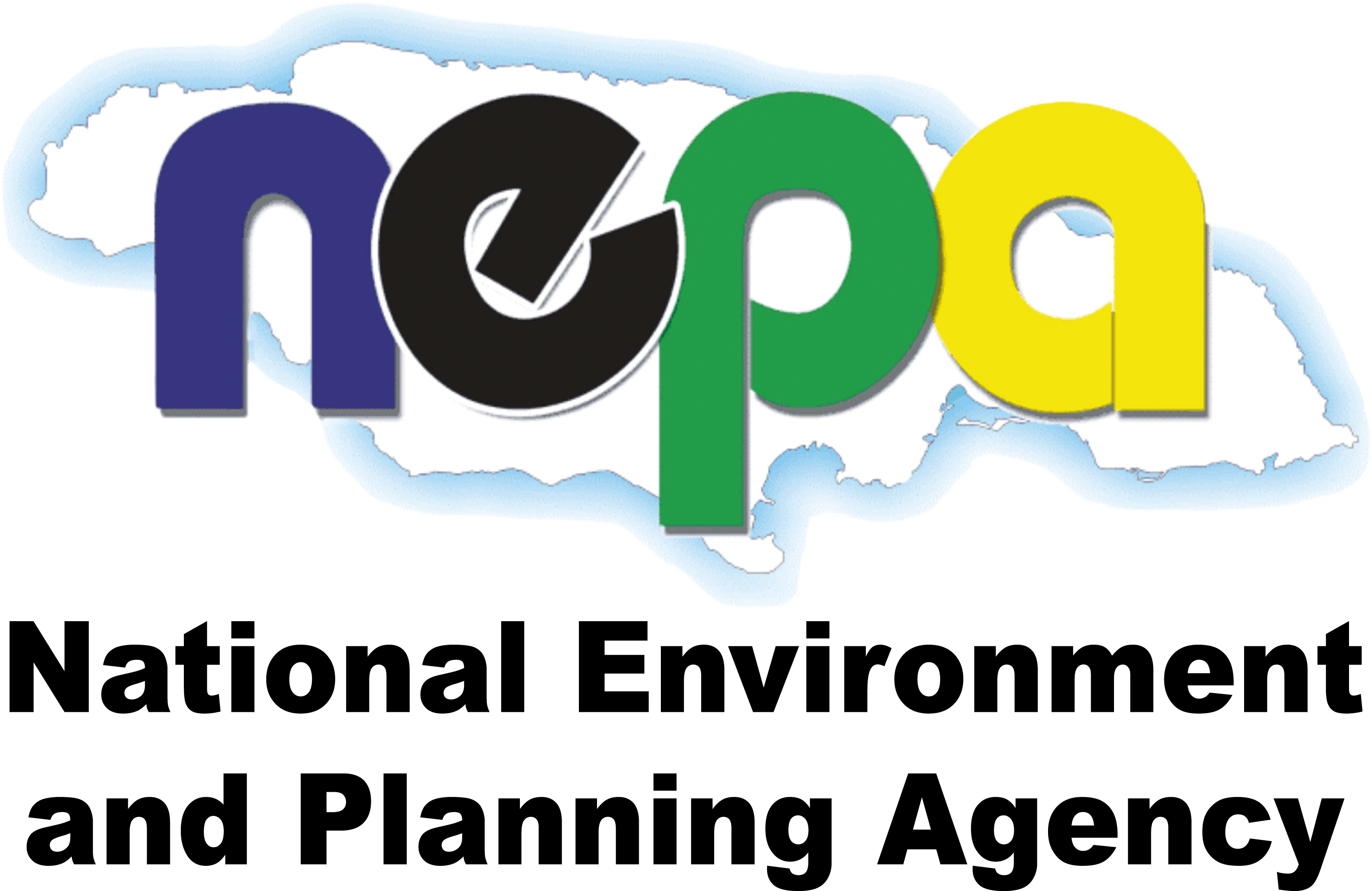Fish kill at Harbour Head
Published Date: December 13, 2023
As part of its on-going investigation, the National Environment and Planning Agency (NEPA), is now in a position to update the country on the recent fish kill in the Harbour Head area in Kingston.
The Agency, with the assistance of the University of the West Indies (UWI) Centre for Marine Sciences and the National Fisheries Authority, has completed its analysis of water samples and has identified the presence of the dominant phytoplankton, Ceratium furca. This phytoplankton is responsible for the algae bloom (red tide), over a wide section of the Harbour and resulted in a reduction in oxygen level in the water and hence the suffocation of the fish.
It is established science, based on empirical data, that this phytoplankton is known to proliferate under high nutrient conditions. Our assessments and interventions confirmed various possible sources of nutrient run-off into the marine environment. These sources are referred to as point sources and non-point sources. Point sources include point discharge from industrial facilities along the northern shores of the Harbour. Non-point sources include public drains, sewage overflows, storm-water run-off and sub-surface input from the underground aquifer, often associated with anthropogenic impacts.
Other environmental variables, such as temperature changes, can also help to create the conditions for the proliferation of phytoplankton.
We are proceeding further with our assessment and investigation by profiling and doing individual intervention for both point and non-point sources that could result in the channelling of nutrients into the Harbour. The Agency has already taken enforcement action against the operator of one facility and will do likewise with other facilities as the investigation findings demand.
The frequency of the occurrence of environmental impacts in Harbour Head, is due to the natural topography of the area, as it doesn’t allow for the free flow of water in the upper bay. In this area, the rate of flushing (circulation) is approximately 29 days, which is much slower than that of any other shoreline around the island. As such, in situations where contaminants enter the upper bay, poor circulation will result in the accumulation of nutrients, a fodder for phytoplankton to thrive and to cause algae bloom.
Angela Hamilton
Manager, Public Education and Corporate Communication Branch (PECCB)
National Environment and Planning Agency
Tel: 876-754-7540, ext. 2751;
Email: angela.hamilton@nepa.gov.jm
Website: www.nepa.gov.jm
- Log in to post comments
